Freezing Process in Food Preservation
Frozen fruits and vegetables can be of high quality and maximum nutritional value if the freezing process is done correctly. By and large, Freezing Process in Food Preservation passes through the following three stages.
- Pre-treatment of the Raw food ingredients
- Freezing of the food ingredients after treatment, and
- Storage and Distribution of the Frozen Stocks.
Pre-Treatment: Freezing Process in Food Preservation
Fresh fruits and vegetables, when harvested, continue to undergo chemical changes that can cause spoilage and deterioration of the product. Fresh produce contains enzymes. These enzymes are chemical compounds and are the prime cause of the loss of color, nutrients, flavor changes, and color change in fruits and vegetables. These enzymes must be inactivated to prevent such reactions from taking place. Therefore, these products should be treated fast as soon as possible after harvest and at their peak degree of ripeness.
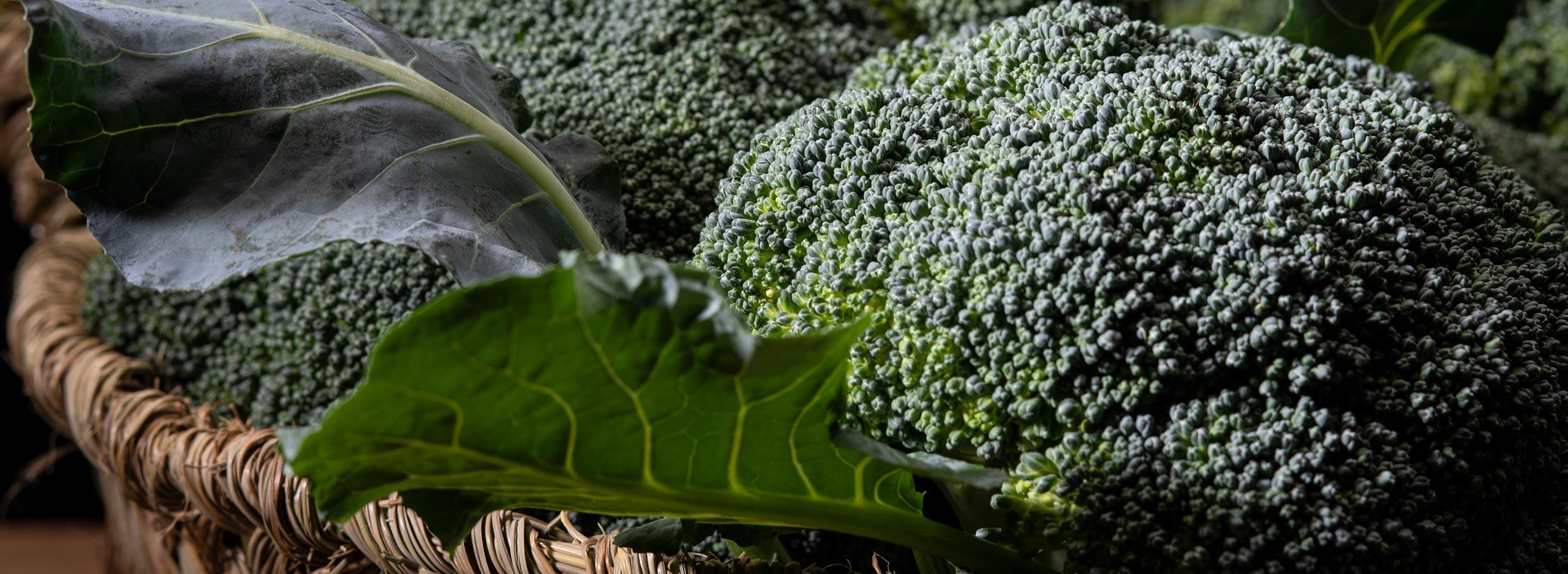
It’s important to remember the fact that an effective freezing process will only be able to retain the already existing quality of the food and will not improve it. That’s why young, tender vegetables at their peak of flavor and texture are preferred for frozen vegetables. Underripe and overripe fruits are avoided for freezing. The pre-treatment process aids in maintaining the quality and safety of the food before the freezing process.
Blanching, heat treatments, dipping, and cryoprotection are a few pre-treatment methods that are used depending on the foods being frozen. Out of these Blanching is the most important and widely known pre-treatment method used in vegetable and fruit processing. The primary objective of this process is to inactivate the enzymes, shorten the freezing time, and chemical changes, and enhance the quality of frozen products. Furthermore, blanching also removes pesticide residues and toxic substances from food while increasing microbiological purity. However, blanching too has different ways, such as hot water blanching, steam blanching, superheated steam impingement blanching, microwave blanching, ohmic blanching, infrared blanching, and vacuum-steam pulsed blanching. Out of these Hot water and Steam blanching are the simplest and the most popular methods applied during food processing.
Blanching vegetables to deactivate enzymes
- Enzymes in vegetables are deactivated by the blanching process.
- To Blanch, the vegetables are exposed to boiling water or steam for a brief period.
- Then ice water is poured on the vegetables immediately to prevent them from cooking.
- In most cases, blanching is essential for producing quality frozen vegetables.
- Blanching also helps destroy microorganisms on the surface of vegetables and makes some vegetables, such as broccoli and spinach, more compact.
Pre-treatment of Fruits to control Enzymes
Light-colored fruits such as apples, peaches, apricots, and bananas darken when cut and exposed to air due to a chain of biochemical reactions known as “enzymatic browning”. This browning action is a natural occurrence in these fruits and is harmless to consume but odd in appearance. This darkening may be prevented or reduced by pre-treating. If darkening fruits are not pre-treated, they will continue to darken throughout the preservation process and ultimately the desired quality will suffer. Apart from browning, loss of vitamins is another major problem associated with enzymes in fruits. Because fruits are usually served raw, they’re not blanched like vegetables.
Enzymes in frozen fruit are therefore controlled by using chemical compounds that interfere with deteriorative chemical reactions. The most common control chemical is ascorbic acid, citric acid, and sulfites. However, Sulfites may initiate asthmatic reactions and have been banned in many countries on fruits and vegetables for sale or served raw to consumers.
Ascorbic acid and Citric acid are similar substances that occur naturally in fruits and vegetables, especially citrus fruits such as lemons and limes. Both acids have nutritional benefits, and they are commonly used in food manufacturing and as a preservative, but there are several differences between the two compounds, including flavor.
Ascorbic acid is the chemical name for Vitamin C. It is a water-soluble and heat-sensitive vitamin and also an essential nutrient. It may destroy when foods are heated or canned. This is an excellent food preserving agent because it helps maintain the natural color of certain foods, especially fruits, vegetables, and even meats that turn brown when cut open and exposed to oxygen. Ascorbic acid has a bitter, acidic flavor. Ascorbic acid once mixed with water can be used in fruits to prevent them from browning.
Citric acid also has antioxidant properties, but it is not as effective as ascorbic acid. It is also not a vitamin or an essential nutrient. It is available in lime, lemon, grapefruit, and orange juice, as well as lemonade. Citric acid is the more commonly used preservative because it is less expensive and readily available in large commercial quantities. Citric acid has a more sour or tart flavor than ascorbic acid. Citric acid lowers the pH of foods and beverages, which helps to prevent microbial growth and bacteria.
For better effective results, Ascorbic acid is used either in its pure form or in commercial mixtures with citric acid and sugars. Still Soaking the fruit in dilute vinegar solutions or coating the fruit with sugar and lemon juice doesn’t prevent browning as effectively as treatment with pure ascorbic acid.
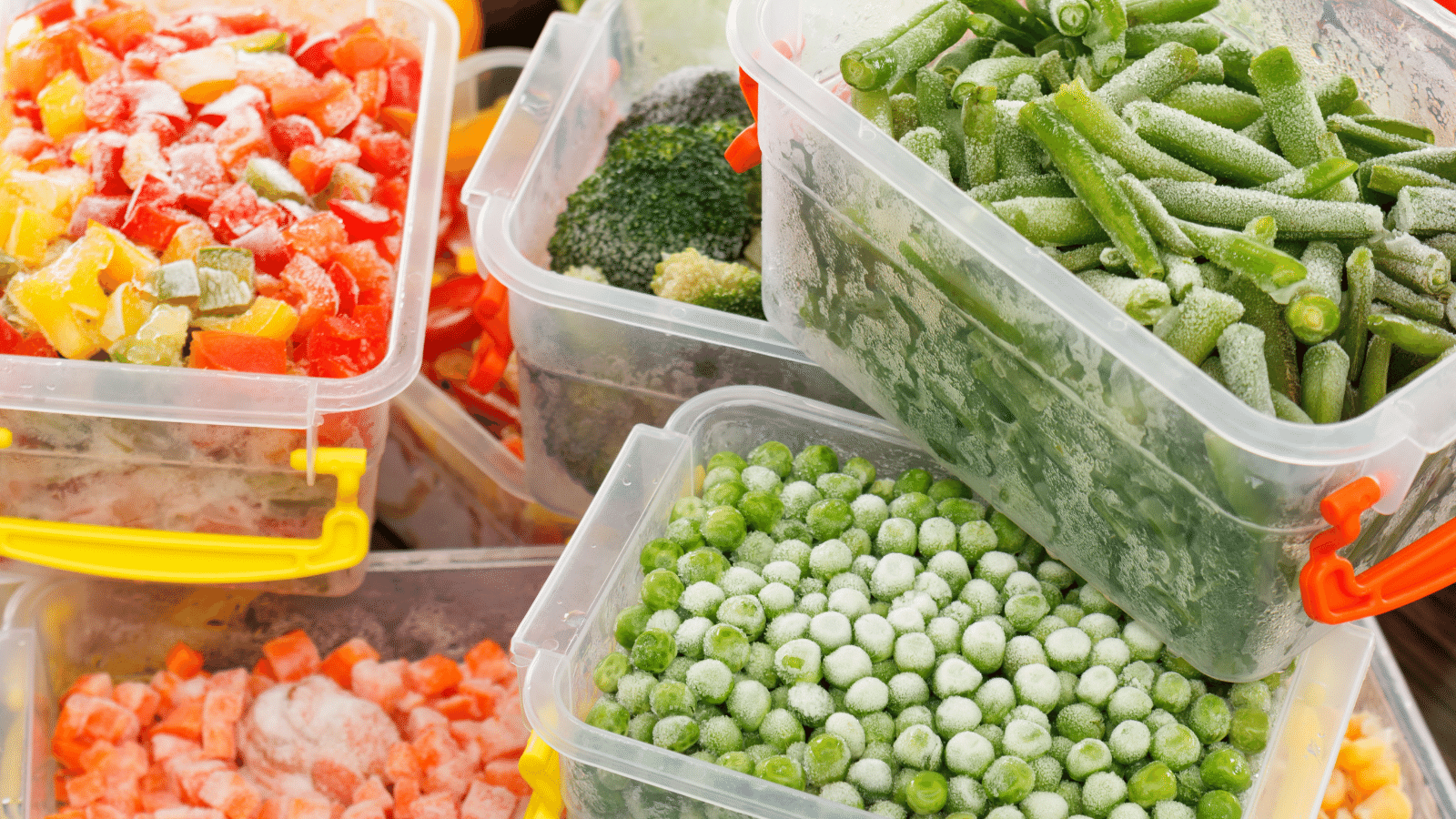
Post-Treatment Methods in the Freezing Process
Now it’s much clear to us that external Microflora, inbuilt enzymes, and oxidation due to cut and bruise can spoil any agricultural commodity or food product. All these can be stopped completely at -60 degrees Celsius, which is practically impossible to obtain and more difficult to maintain. But it is found that a commodity or food freeze, through conventional freezing methods to 00F (-180C) and storing it at the same temperature level till consumption, is enough to keep the product safe at least for a year.
There are various methods of freezing and many different refrigerants are used in freezing by the food industry.
Who is known as the Father of Frozen Food?
One common method used in the frozen food industry is a variation of the old process which was first developed by Clarence Birdseye in the 1920s. However, Birdseye subsequently improvised this process several times during his lifetime. For his great contribution to the frozen food industry, he is also known as the “Father of Frozen Food”. In this method, indirect contact is established with a refrigerant that flows between belts or shelves that contain the frozen food packages to bring the temperature down to around -50 degrees Celsius instantly. This is known as contact or convection freezing.
Another commonly used method is using cold air. Known as air-blast freezing. Several methods fall within this category. Some involve tunnels, belts, or fluidized beds in which the food product is exposed to a free-flow current of freezing air ranging from -35°C to -45°C. In belt freezers, the unpackaged food is laid on a mesh belt through which the cold air is blowing. In fluidized bed freezers, the blast of cold air is strong enough to partially suspend the food. This method is particularly effective in achieving individually quick frozen (IQF) product pieces. These airflow freezing techniques only take several minutes to achieve their intended purpose. However special precautions are needed to avoid dehydration and the transfer of moisture from the products to the walls and/or cooling coils.
The third freezing method is commonly known as cryogenic freezing and has become popular in recent times. This type of technology uses a super-cooled liquefied gas solution, such as liquid nitrogen. The food is moved through a spray of liquid nitrogen or directly immersed in liquid nitrogen. The liquid nitrogen boils around the food at a temperature of −196 °C (−321 °F) and extracts a large amount of heat. The product is then equilibrated at around -30°C and sent to storage. By shortening the freezing time from a few minutes to a few seconds, many products will retain a better texture after thawing. This method is typically used in small-scale operations, particularly at the early stages of product processing. Cryogenic freezers are also used for quick crust freezing of wet or, otherwise, sensitive products that can later be processed by contact or air-flow freezers.
The prime objective of freezing any commodity is to preserve and prolong its life. However, after freezing at every step – warehousing, stacking, transportation, etc. – frozen food undergoes a series of physical and thermal rigors. Therefore, good packaging plays a complementary role in protecting it from spoilage. The right packaging that’s way is essential for keeping the quality of food and increasing its shelf life.
Packaging of Frozen Food
Packaging of Frozen Foods is of three types: primary, secondary, and tertiary.
- Primary Packaging: The primary packaging is in direct contact with the food. The food is kept inside the package, till it is consumed.
- Secondary Packaging: Secondary packaging is mainly for sale purposes. It is a form of layered packaging used to handle products and also aids in marketing.
- Tertiary Packaging: for bulk transportation, Tertiary packaging is used.
Important Guidelines-
- The moisture-vapor-resistant bag, e.g., glass or rigid plastic should be used as packaging materials to prevent evaporation, thus retaining the quality of the frozen foods good. Rigid Plastic bags are commonly used packaging materials such as frozen fruits and vegetables due to their flexibility and handling.
- Moisture and oxygen are to be prevented from the packet in Air-tight packaging using a vacuum or gas-flush system.
- Moisture-vapour-resistant bags, wrapping materials, and waxed cartons to be used to package frozen foods. Care to be taken while selecting materials on their durability. The packaging material must not become brittle at low temperatures and crack.
- The containers should be leakage-free and easy to seal.
5 Basic Elements that must be be present in a Food Label
- Ingredients
- Sugar, Fat, and Sodium Content
- Count of Calories and Serving Size
- Freshness
- If Organic
- Genetically Modified Organisms (GMOs)
Storage of Frozen Foods
To retain vitamin content, color, flavor, and texture, freeze items at peak freshness and store them at 0°F (-180C) or lower. Food stored constantly at 0°F will always be safe to thaw and eat; only quality suffers with lengthy freezer storage. The food stored at 0°F (-180C) or lower may remain fit for consumption for up to 12 months. In commercial warehouses, this temperature easily can be maintained.
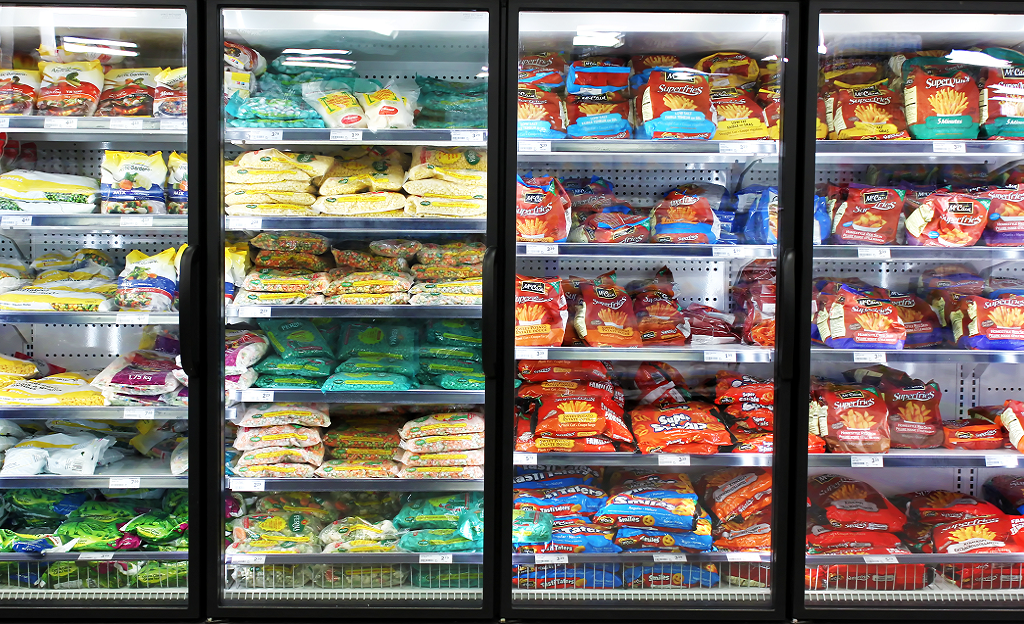
But the freezer section in the household refrigerator can maintain the 0°F (-180C) temperature of any frozen food item for a certain period only. That’s why household refrigerators are meant to store frozen products for short durations. In Western countries packers normally label the duration of desired storage time and temperature to be maintained in the refrigerators.
They are denoted as One, Two, and Three Stars:
- One-month storage at -6°C denoted as *
- Six-months storage at -12°C denoted as **
- One-year storage at -18°C denoted as ***
Importantly, we have found that the quality of frozen foods depends largely on the quality of the raw food and the manufacturing process. The quality can also be dented if the product’s temperatures are not properly maintained throughout the entire cold chain. This includes storage, transportation, distribution, and display in retail stores, alongside the processing and packaging of frozen foods.

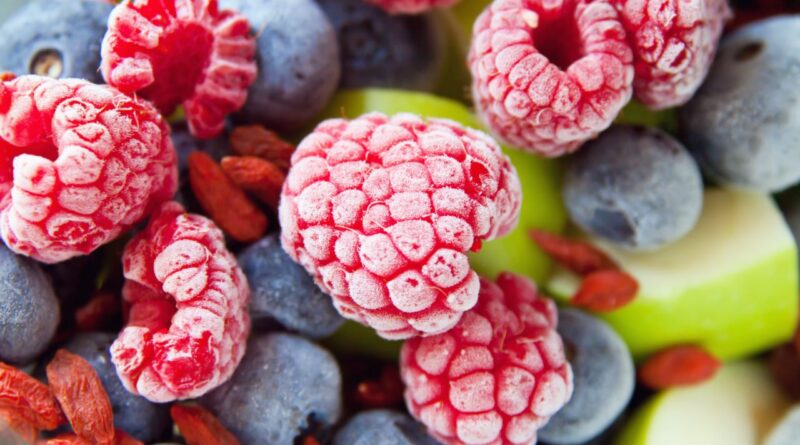

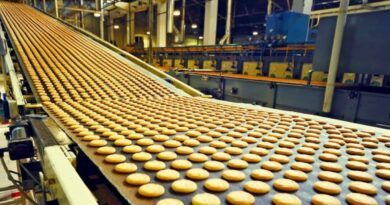

Pingback: Clarence Birdseye: Father of Frozen Foods | inFoodTRAVEL